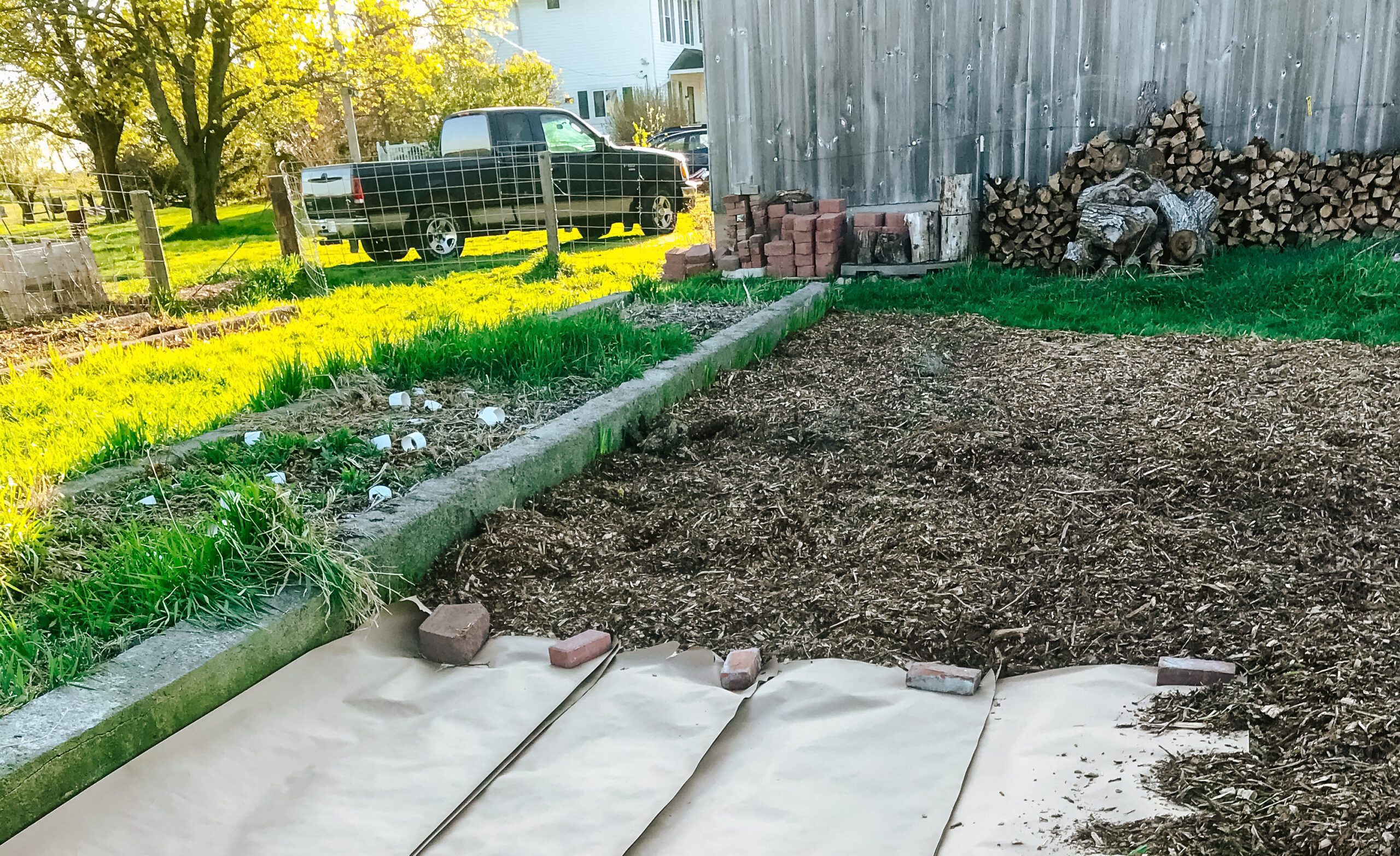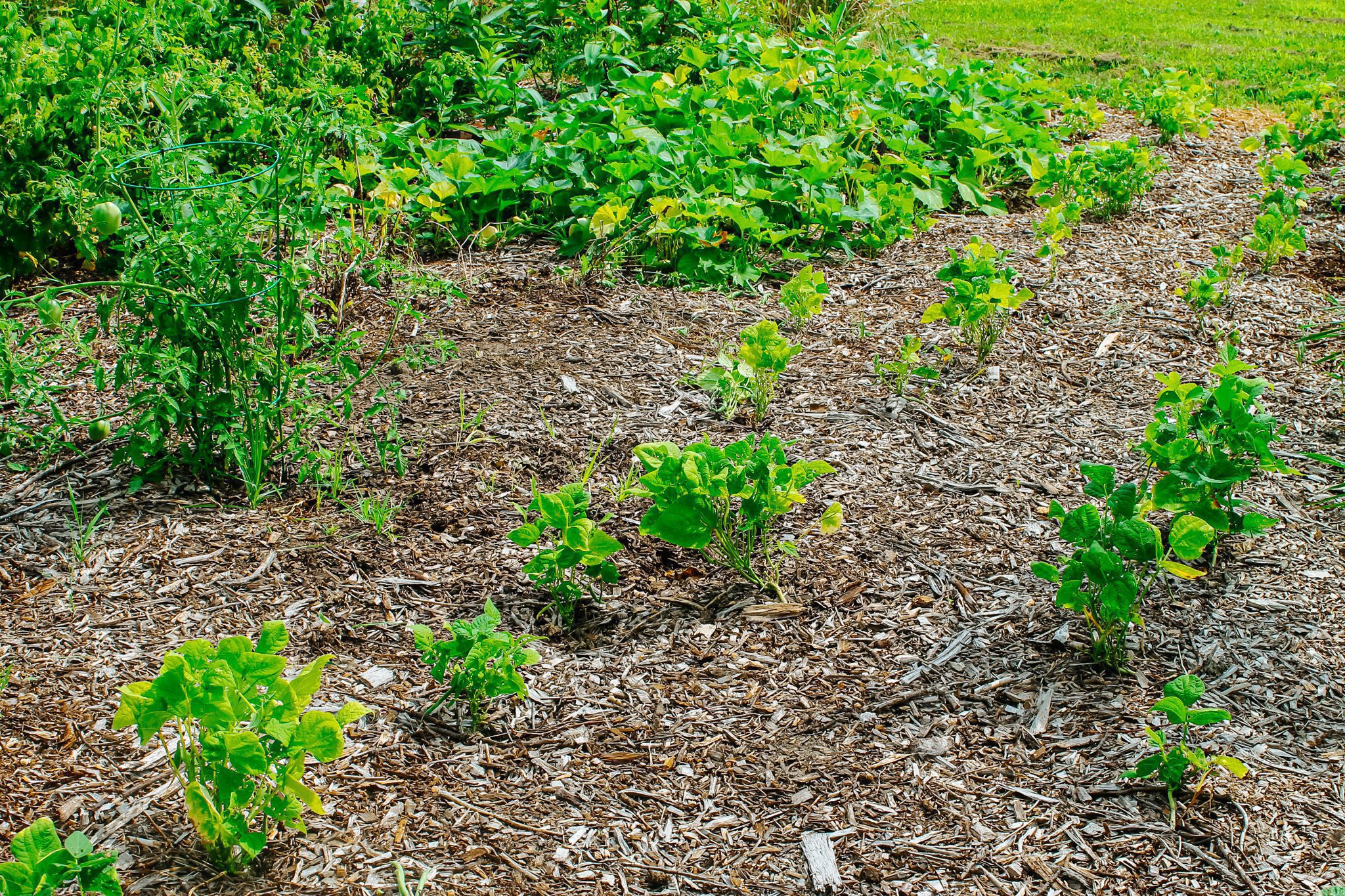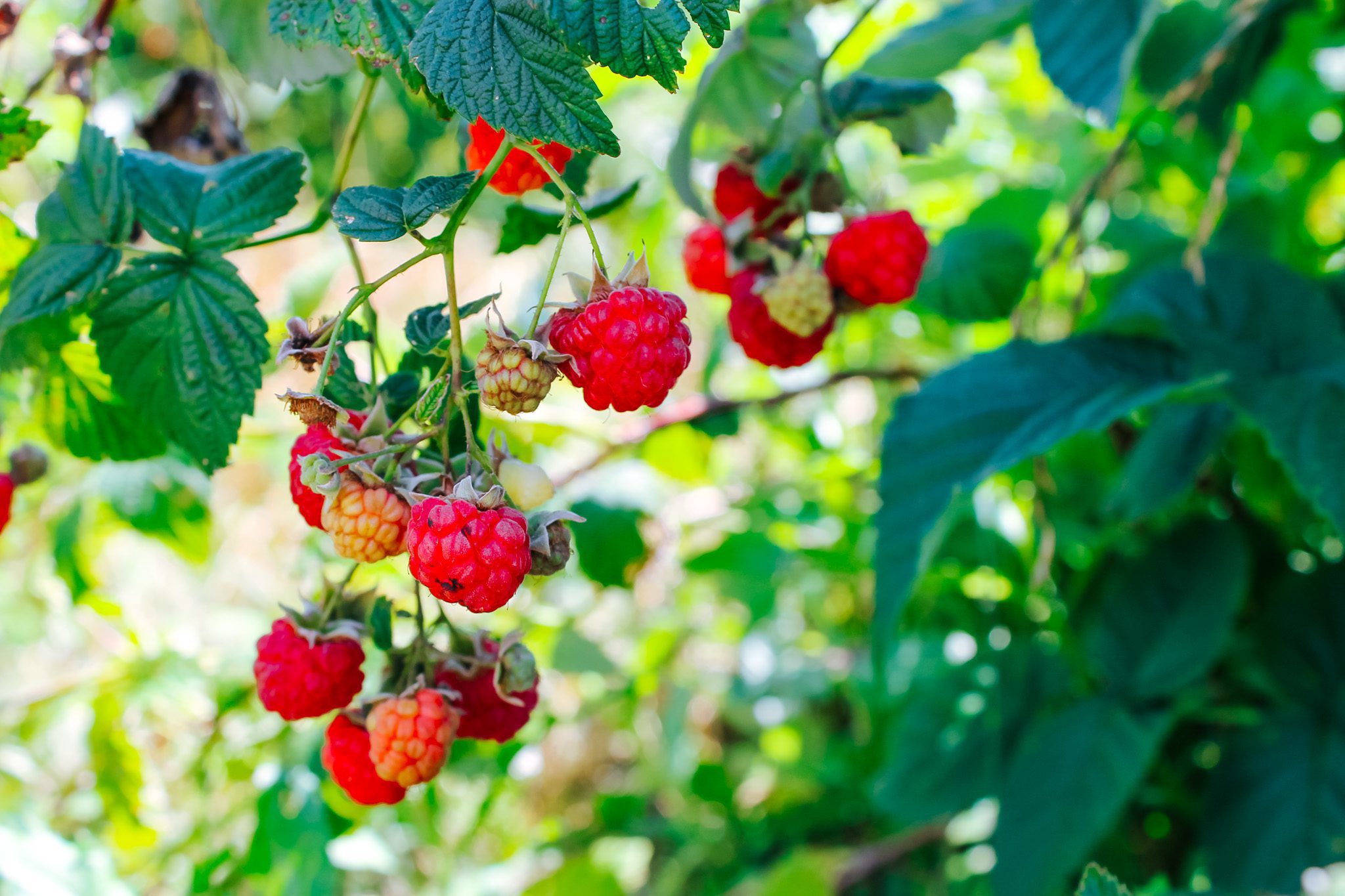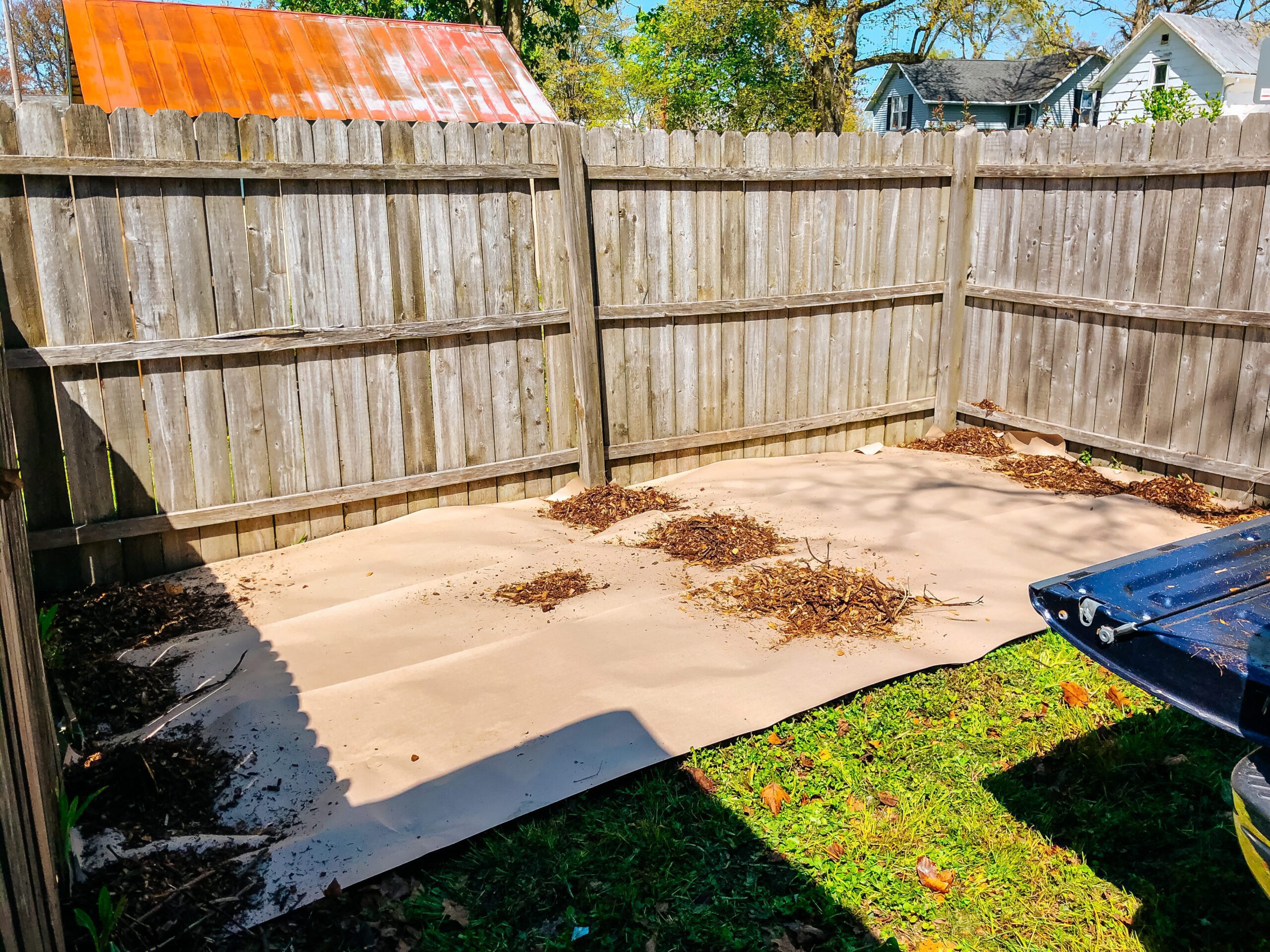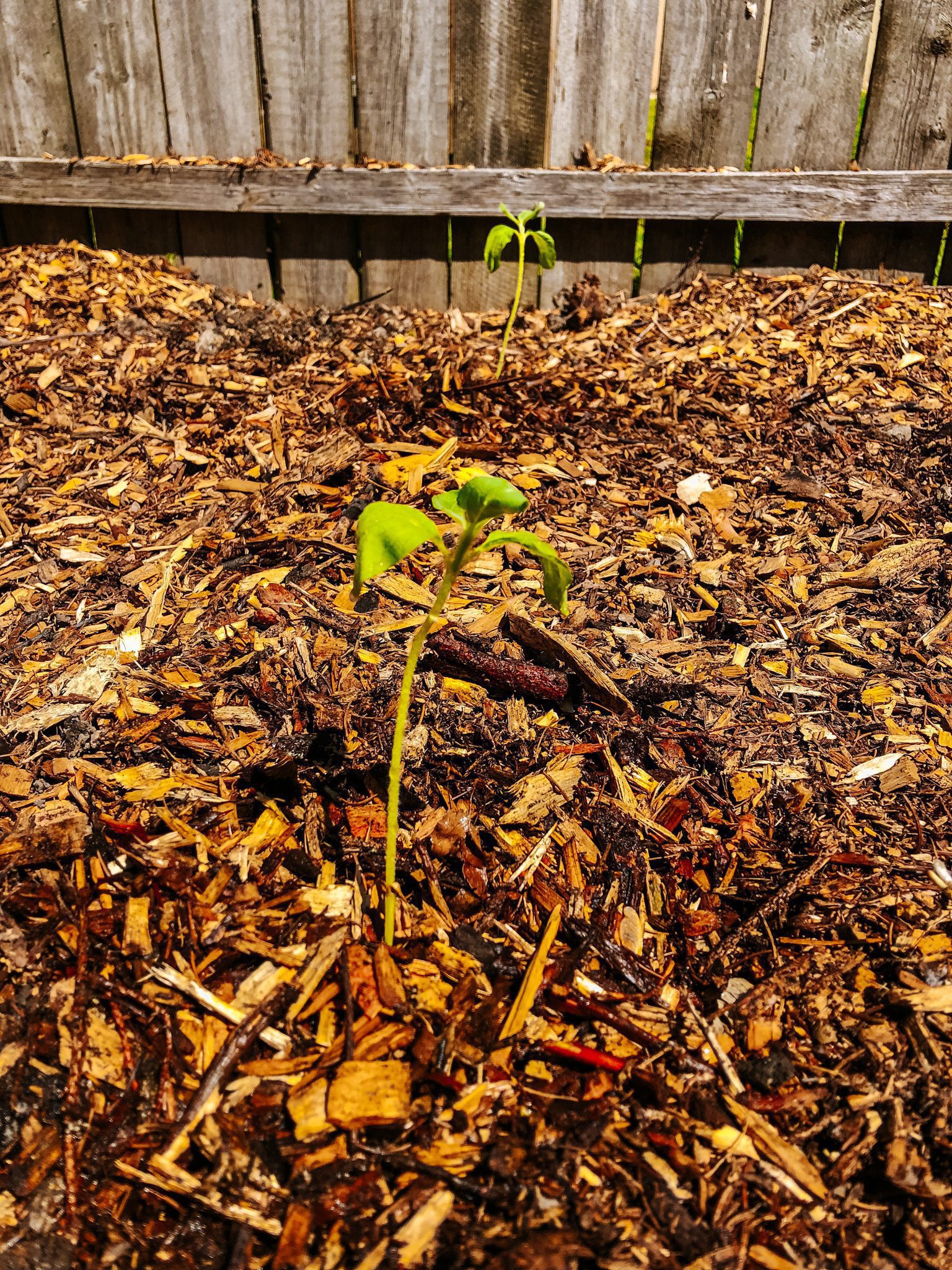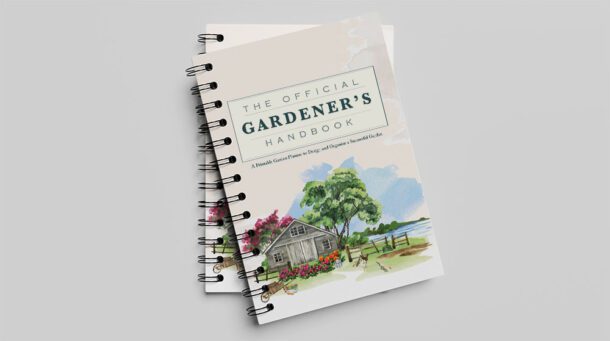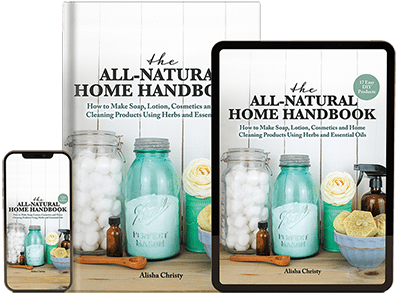Learn how to grow a regenerative organic garden with minimal weeds, no tilling and higher crop yields by starting a back to eden style of garden. Discover the tips and tricks we learned about gardening over the last several years.
No till. No pesticides. Minimal weeds. Permaculture practices. Plump, juicy vegetables.
All of these words sound ideal when it comes to the world of gardening. And believe it or not they are all attainable.
There are three main ways of gardening. In ground gardens, raised beds and container gardening. When people think about gardening, most think of an in ground garden. For many the standard in ground garden method is fairly routine. You till the ground, create a row and plant a seed into the soil. It’s not complicated but it does have its drawbacks such as the destruction of nutrients in the soil and the never ending task of weeding.
For years my family followed the standard garden routine of tilling the ground. That was until my Mom came across Paul Gautschi’s regenerative organic gardening method. No longer do we spend hours upon hours tilling the soil, weeding and fertilizing only to end up with a few basketfuls of veggies. We’ve joined the countrywide movement of Back to Eden Gardening.
What is a Back to Eden Garden?
The back to eden garden method is a no till style of gardening. Instead you use a thick layer of mulch as a “cover” for the soil. If you were to walk out into a forest, you’d find trees, bushes and plant life thriving without man watering, tilling or fertilizing the ground. Look closer and you will see years of decomposed twigs, branches and leaves. Nature like to be covered. The forest is living as God created it to be. It has all the resources it needs; air, water and food, just as do animals and humans.
Soil preparation, fertilization, irrigation, weed control, pest issues, crop rotation and ph issues are all common problems that man deals with when farming or gardening. But none of these troubles exist in nature. When you create a back to eden style of garden, many of these situations will either be reduced or eliminated altogether.
By adding a thick layer of mulch, a decomposing matter, to your garden, your soil is protected and retains more moisture. Over time the mulch or wood chips will decay, creating a rich, nutrient dense soil.
To learn more about creating a back to eden garden, be sure to check out the documentary film on YouTube.
Watch Video Tutorial
Benefits of a Wood Chip Garden
There are many amazing benefits to using wood chips in your garden. Some of our top reasons to use wood chips on our homestead are:
- Increases moisture in the soil
- Saves time
- Reduces weeds
- Higher yields
- More moist, nutrient rich crops
- Prevents soil erosion
- Regulates the temperature in the soil
- Increases nutrients in the soil
- Conserves the amount of water needed
- Increased production of vegetation
How to Start a Back to Eden Garden
This post contains affiliate links, which means I make a small commission at no extra cost to you. In any case, I only link to products we actually use on our homestead and that I believe can truly benefit to you. See my full disclosure here.
To start a back to eden type of garden, it takes time and a lot of work up front. Plus a ton of mulch, some paper, a rake and wheelbarrow or wagon. But as with many things in life, if you want anything of value, you have to work for it. Once your garden is established, the difficult work ends and as time passes you will have a beautiful, fertile garden. Paul Gautschi recommends starting your garden in the fall but both my parents and my husband and I have started our back to eden gardens in the late winter, early spring and have had great success.
Step One – Select a Garden Space
You can start a back to eden garden in a current garden plot you already have on your property or directly in a grassy spot in your lawn.
Step Two – Lay Down Paper
Using builders paper or uncoated (not glossy) cardboard boxes, cover the ground in your chosen garden space. If you’re using builders paper, cover with at least two to three layers. These materials will decompose over time. The purpose of laying down paper or cardboard is to suffocate any difficult weeds. We started with paper but have found that uncoated cardboard does a better job. But either option is a great way to kill those pesky weeds.
Step Three – Add Compost
If you have access to lots of compost, it’ll give your garden a huge head start! When we started our garden, we did not have a source for this so we just went ahead and covered our paper with mulch. 2-3 inches of compost is great!
Step Four – Cover With Mulch/Wood Chips
Add a thick layer of wood chips, about 4 inches deep. Make sure you get wood from a trusted source that hasn’t been created from dyed or treated wood. We get our wood chips from a local yard waste service.
Step Five – Plant
To plant a seed, seedling, or small plant in your garden, pull the mulch back until you hit the soil. We have found digging into the mulch is easier with this tool. Add the plant directly into the soil, fill in with dirt and cover the base with mulch. If you are planting a seed or seedling, we’ve discovered adding a piece of PVC pipe into the soil with the seed in the center helps to prevent the mulch from covering and suffocating the plant while it is little. Once the plant gets larger, simply pull the wood chips back and pop the PVC pipe out.
Where Do I Get Wood Chips?
One downside to using wood chips in your garden is the massive amount needed, especially when just beginning your back to eden garden. To find a source for mulch, try one of these ideas:
- Join a free online service like ChipDrop. This operation connects gardeners with tree trimming companies to get free mulch. I’ve personally never had the opportunity to try them but I have heard excellent things about ChipDrop.
- Contact your local tree service or power company
- Purchase a wood chipper
- Get in touch with a city yard waste service. This is what my family selected to do. We contacted a neighboring city with a yard waste site that offered mulch for next to no cost.
When gathering materials for your garden, stay away from sawdust or decorative landscape mulch (the chemically treated, colored stuff you’d get at your local hardware store). Neither of these types of wood will do anything good for your garden.
Are you ready to start growing your own organic fruits and vegetables? Here are a few other gardening resources to help you get started.

